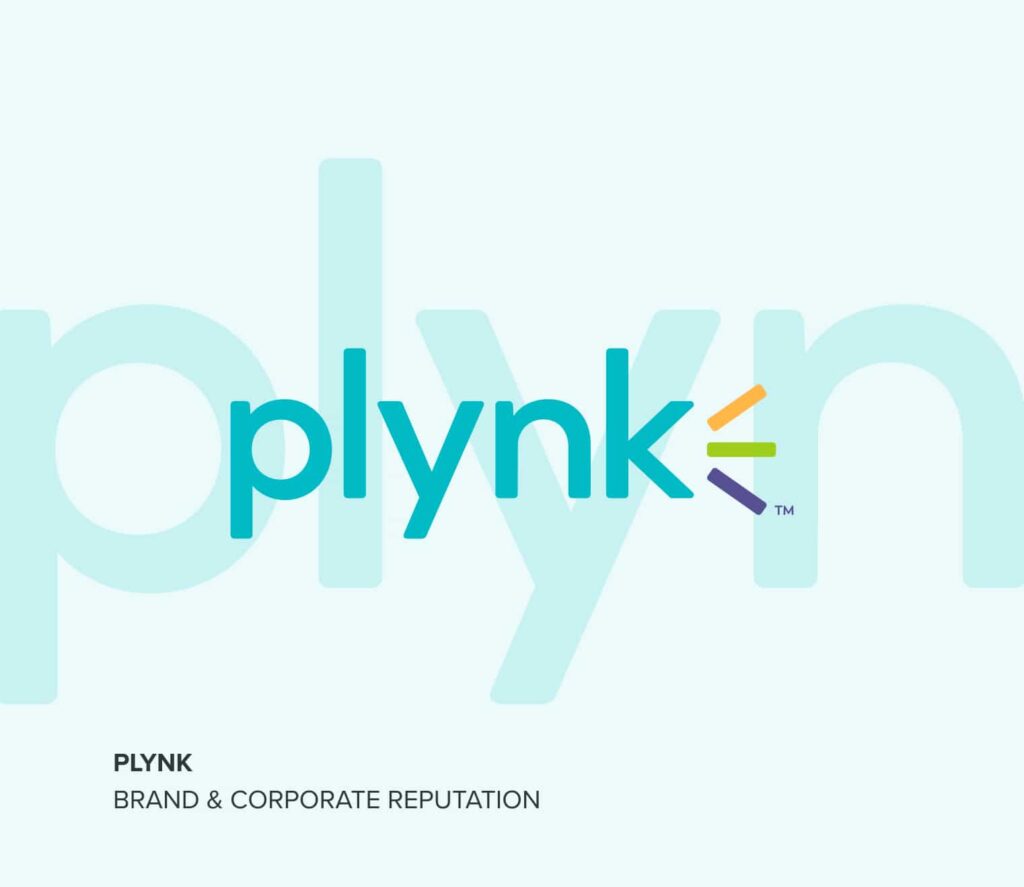In a conflicted world where the only certainty is uncertainty, influencing behavioural change is no mean feat.
It’s a subject on almost every boardroom agenda, irrespective of sector or industry, and was also the focus of our most recent Breakfast & Brainfood event.
This blog is the first in a series which will explore some of the themes discussed with our expert panel during the session, and ultimately looks at how brands can successfully influence their audiences’ behaviours – although the upshot was if brands want to ask consumers to change their behaviour maybe they should consider changing theirs first!
We’re in a period of unprecedented uncertainty. The longer-term consequences of Brexit are unknown, another US Presidential election looms, Coronavirus hitting the FTSE 100 and ongoing climate wars top the geopolitical agenda. What’s more, increasing connectivity globally is making us more vulnerable to uncertainty in other markets. It’s no secret that markets don’t like uncertainty, but neither do people. Uncertainty is on the nation’s mind and it’s multi-dimensional, a driver of societal fragmentation, an attitude influencer and it’s also shaping behaviour.
It’s impossible to ignore technology’s influence on how brands engage with their audiences, and it’s technology that has created a world which means consumers prefer to hear stories that resonate with them on a personal level.
Put simply, not everyone wants to hear the same story, and not everyone responds to them in the same way. For this reason, tailoring the way brands tell stories to different audiences will impact how the desired behaviour change is motivated. This level of tailoring, combined with an increasingly ‘uncertain’ global mindset, creates huge challenges for marketers.
Technology also means that consumers are more connected and more ‘switched on’, than ever. From checking work emails on the train home, sharing news stories of interest, to booking holidays and watching TV series, part of the challenge is cutting through the noise. As one of our panelists Dr Simon Moore articulated, consumers are in a constant state of ‘plate spinning’. Taking on new information means we have to relinquish old information – it’s a ‘one in one out’ policy – some plates are going to get broken.
You can’t change behaviours with the click of a button – it’s a process which requires trust, advocacy, authenticity, and – importantly – communication. That’s why we’ve launched Vested Change – to help our clients navigate changing audience beliefs and behaviours, changing business environments and industries through creative and thoughtful marketing communications.
To hear more, contact us: Change@fullyvested.com


